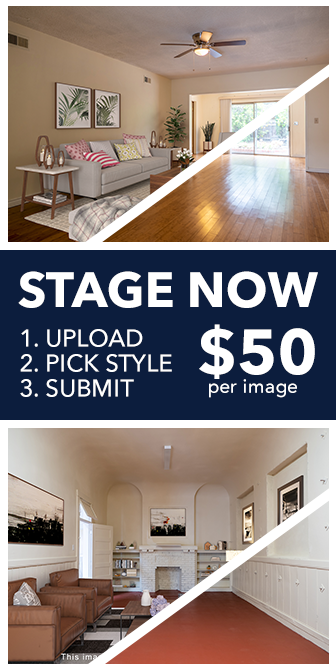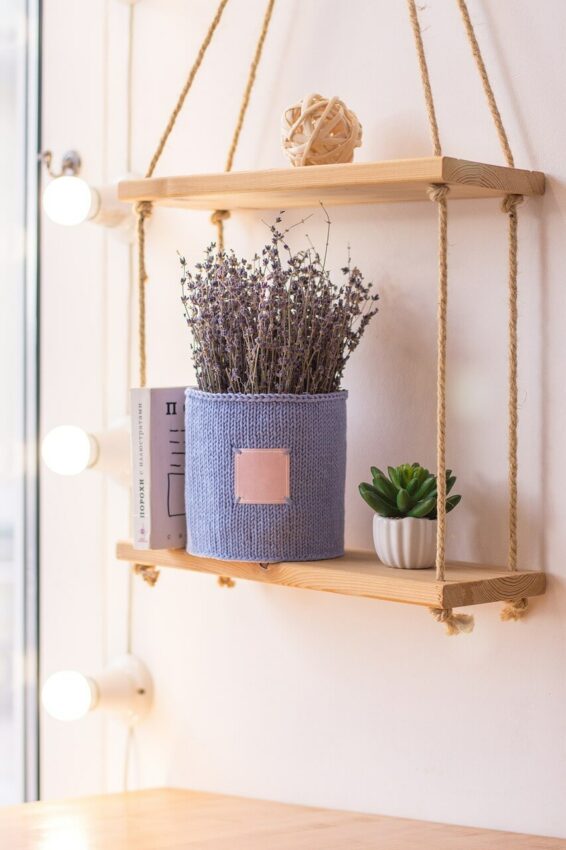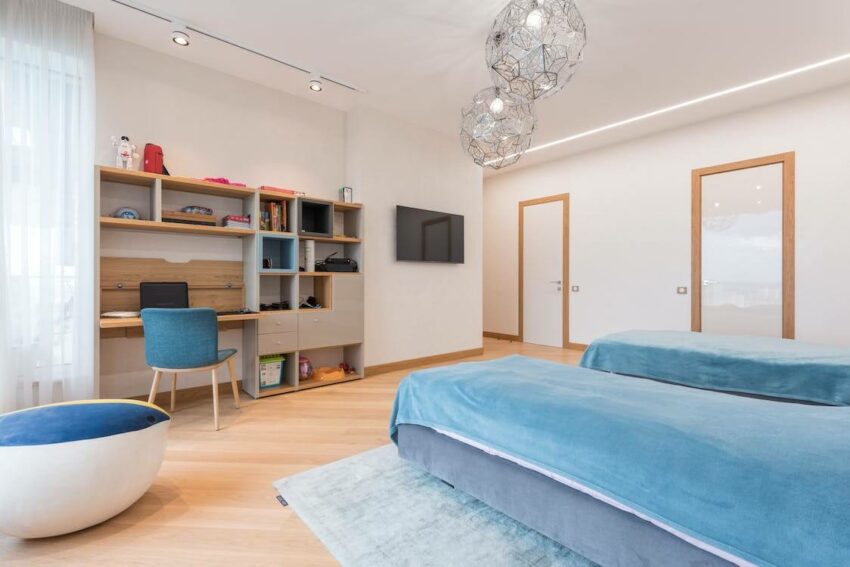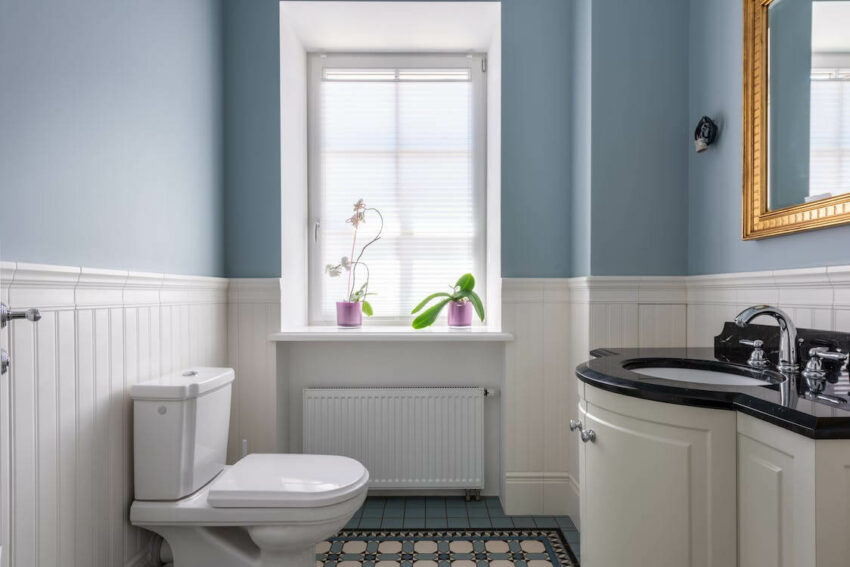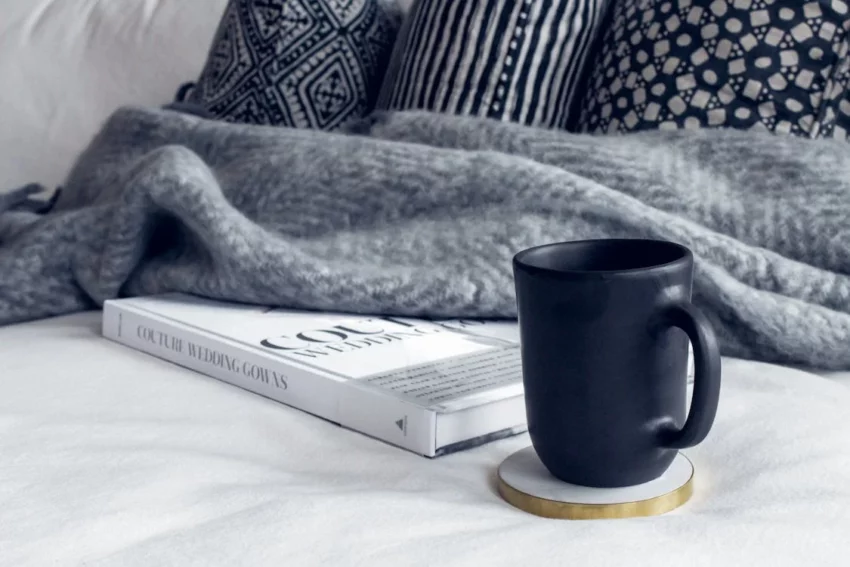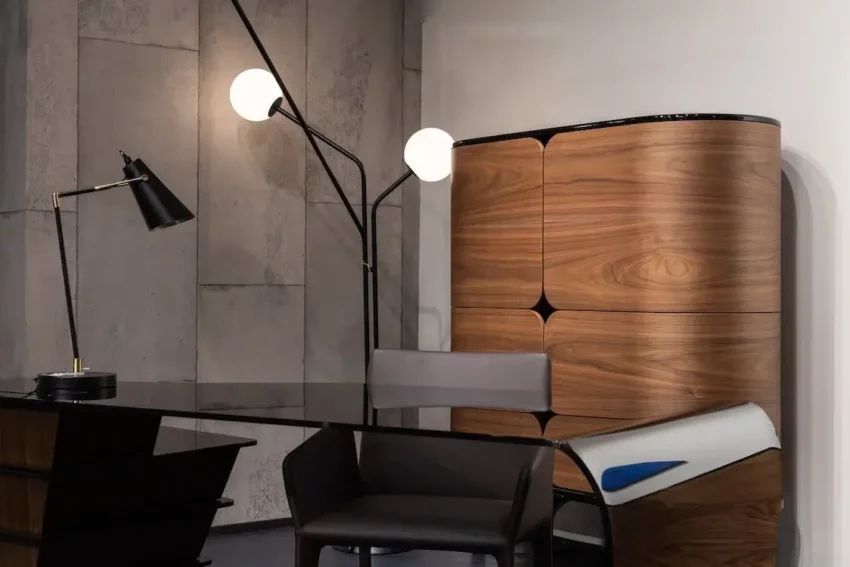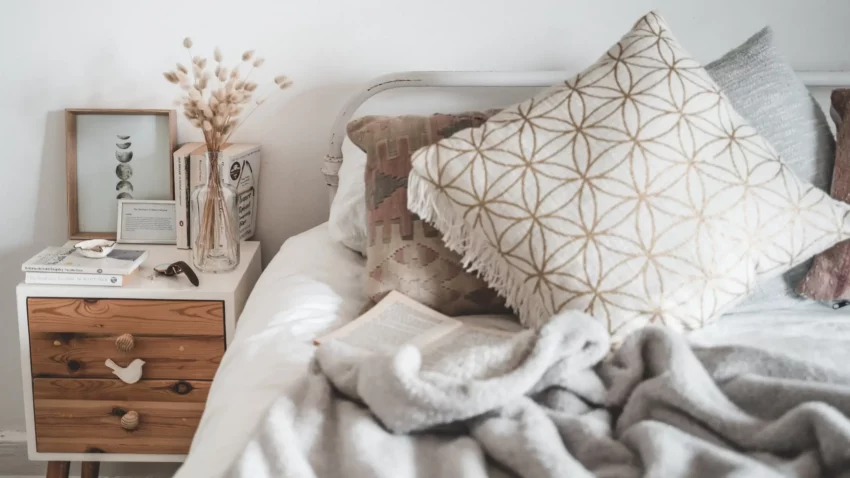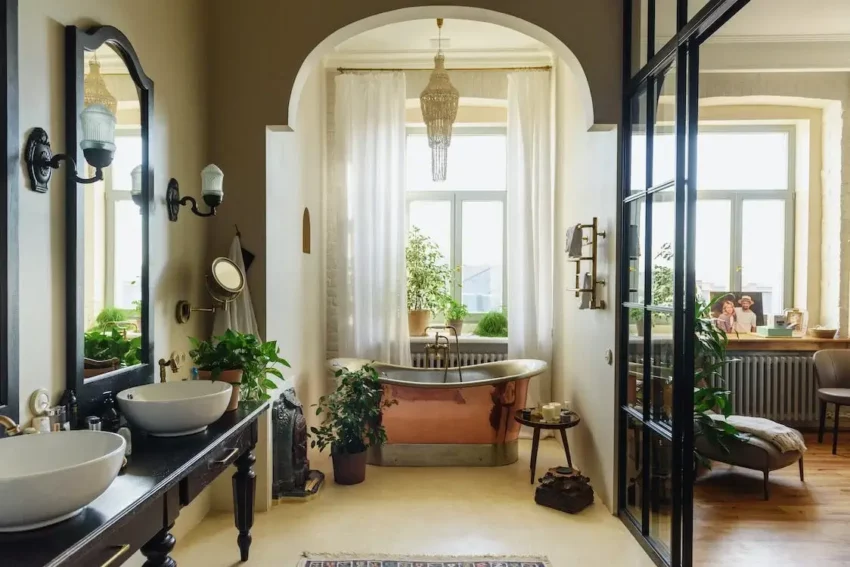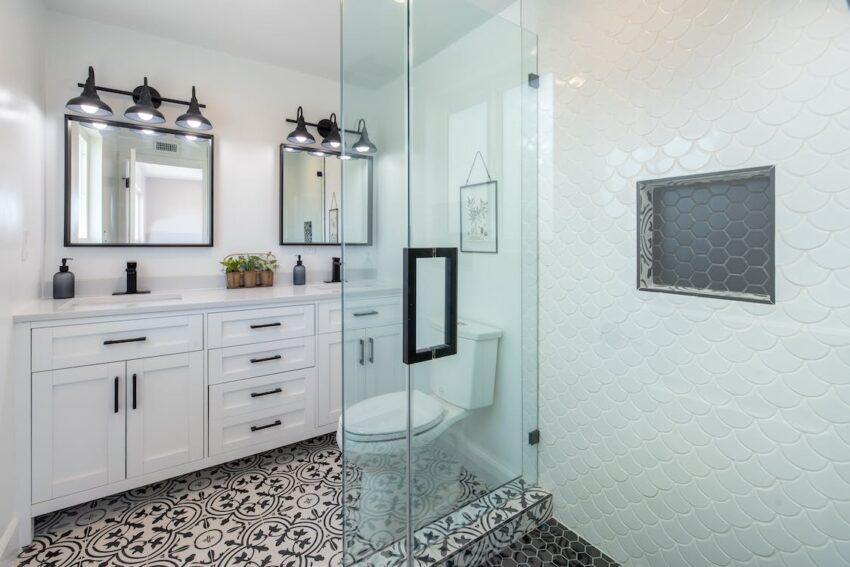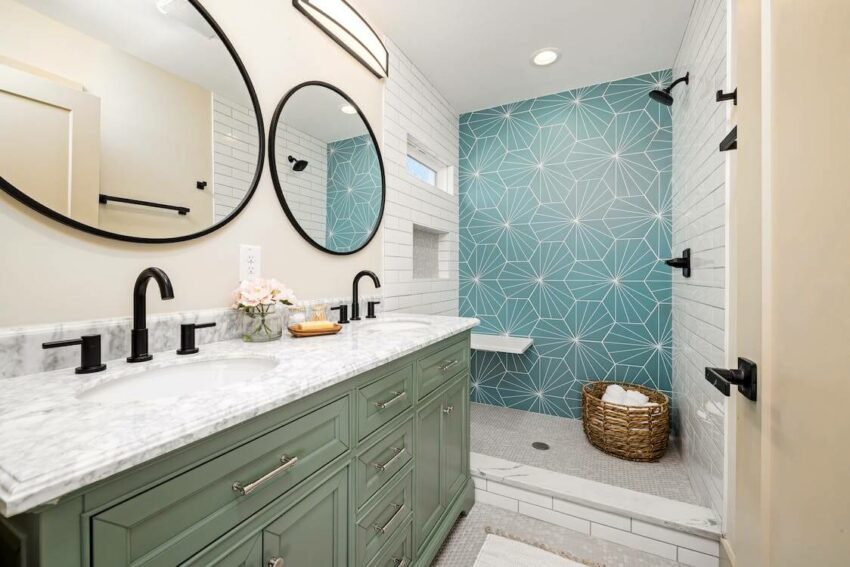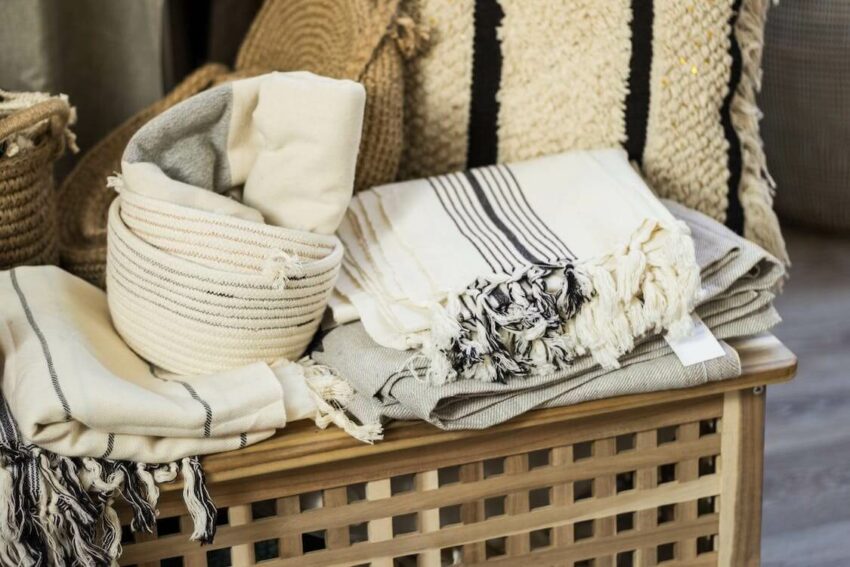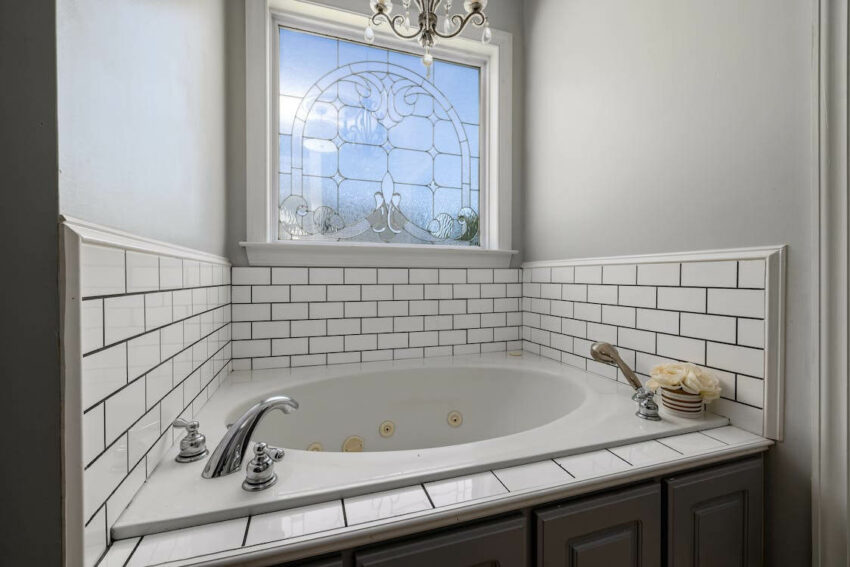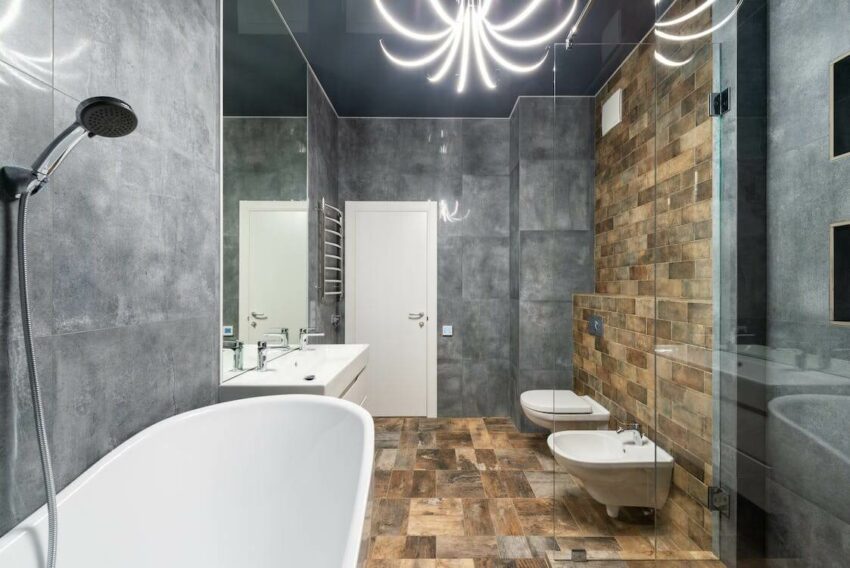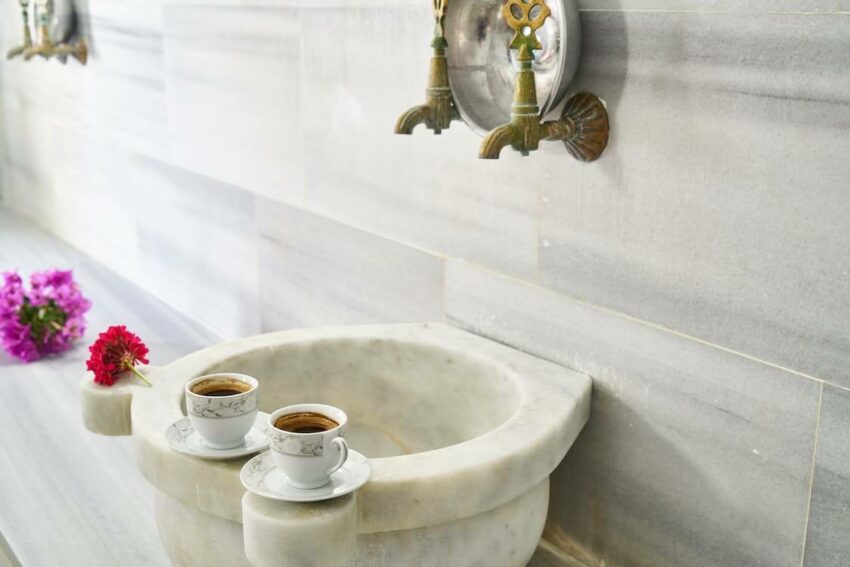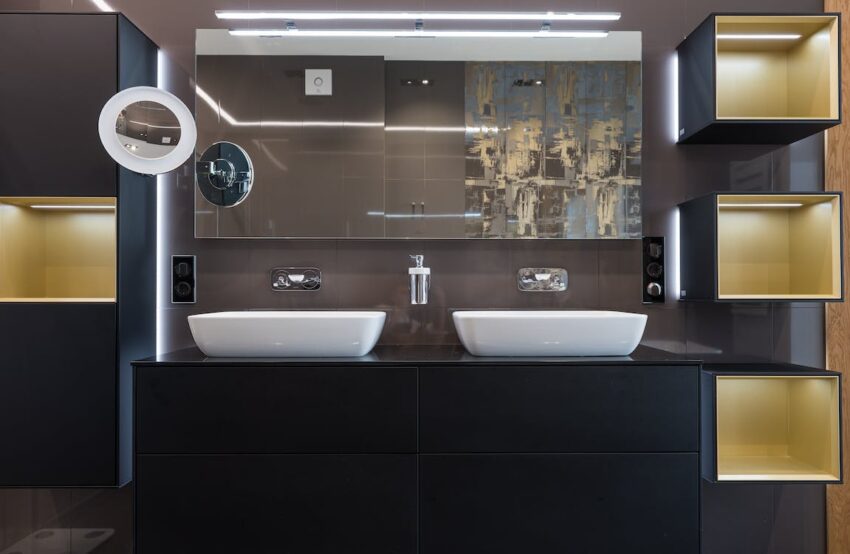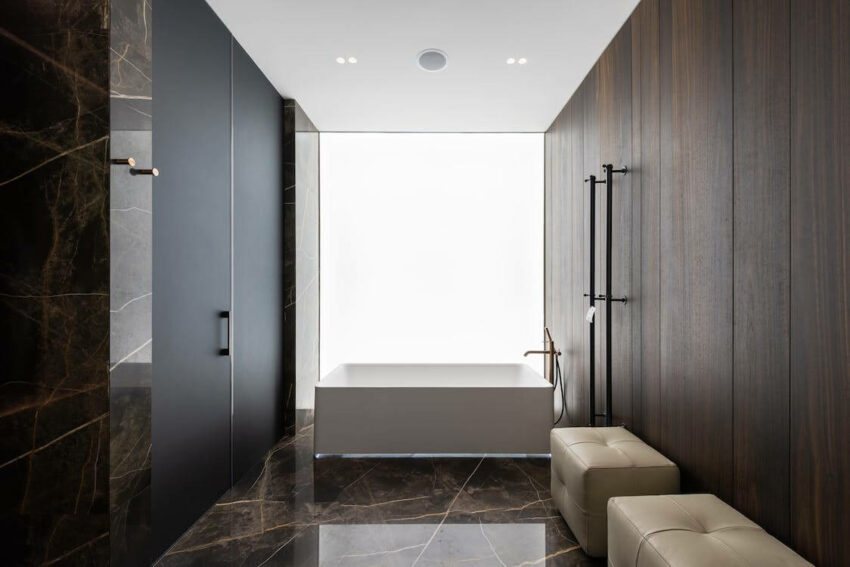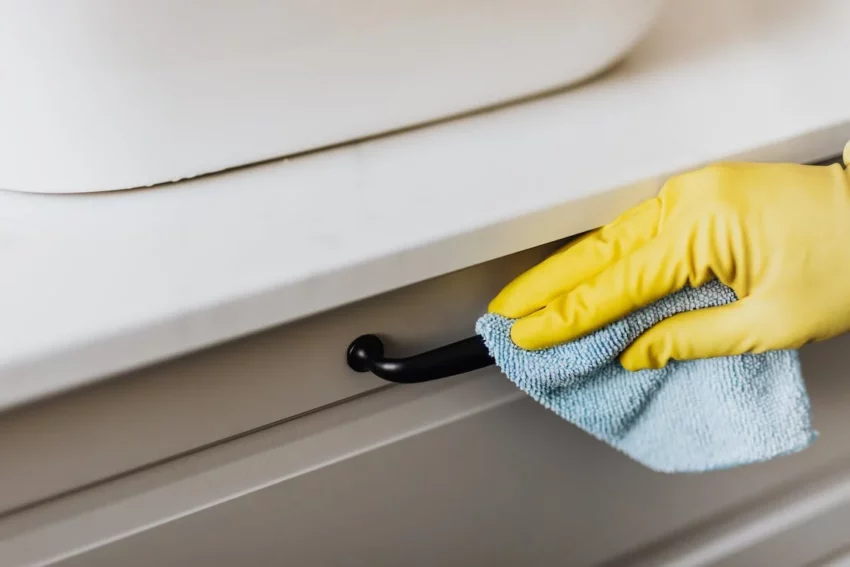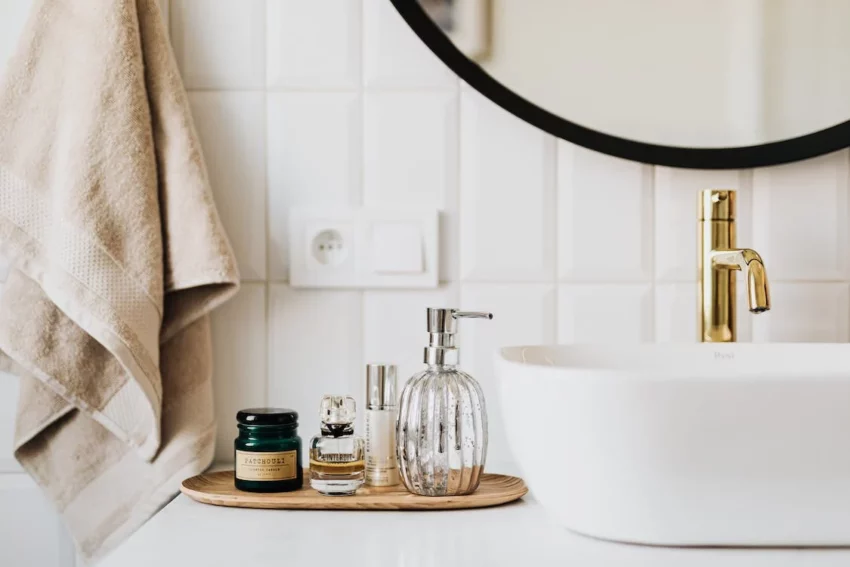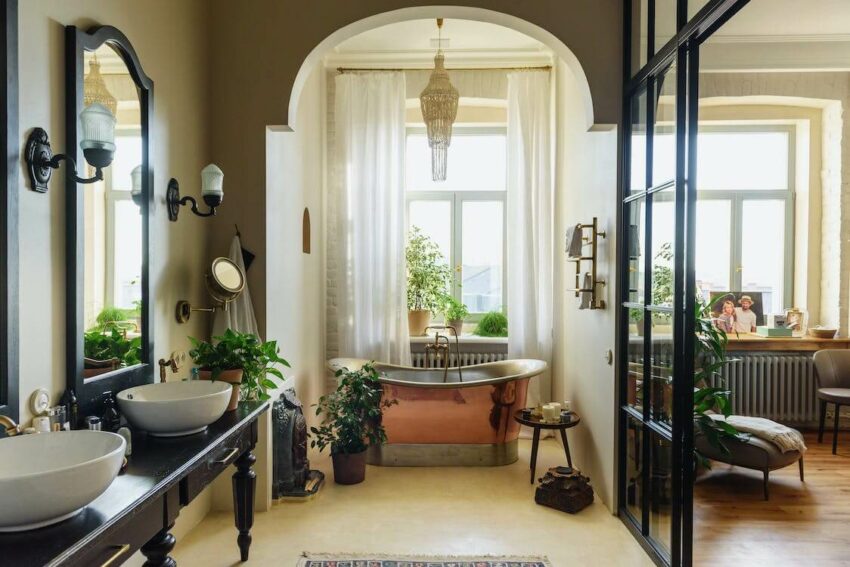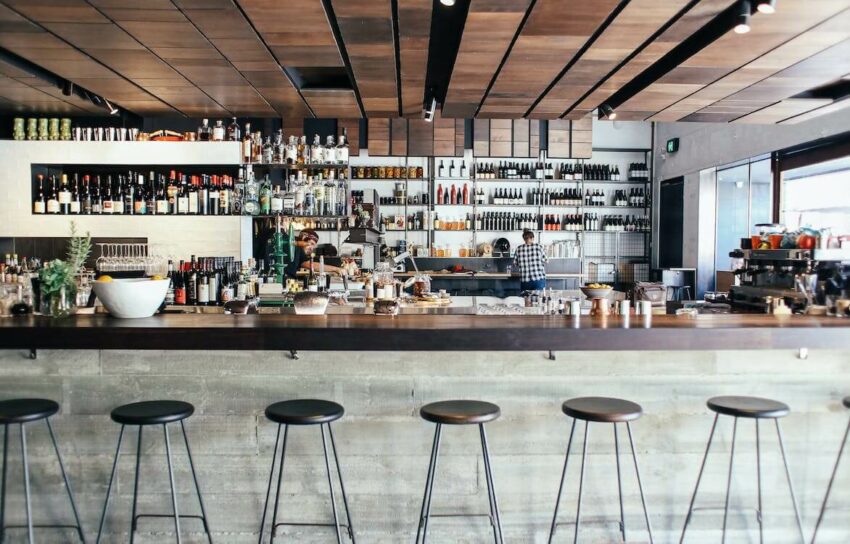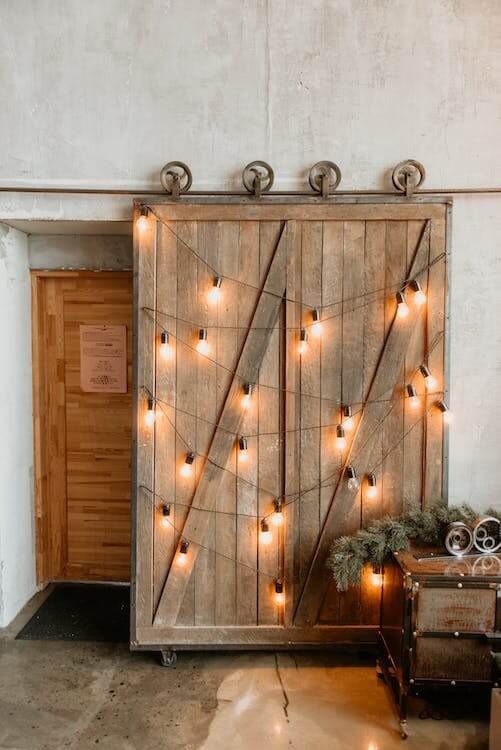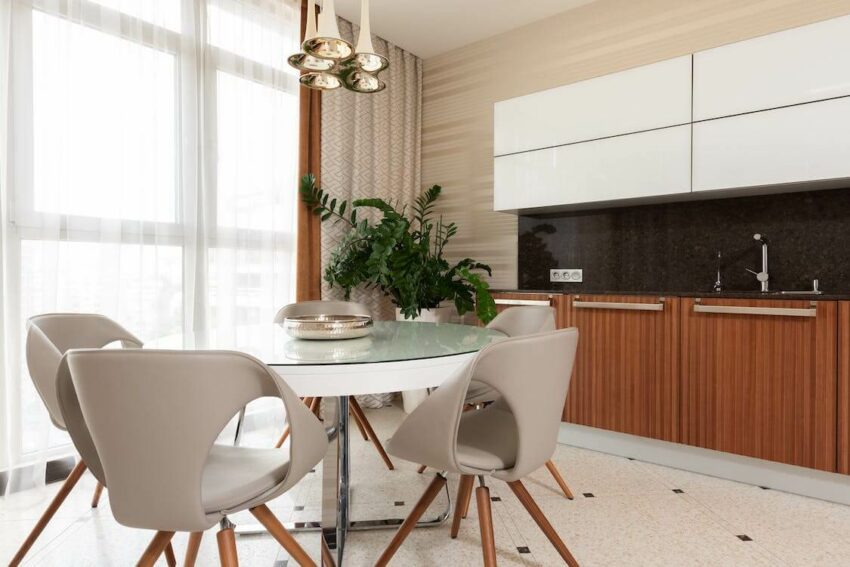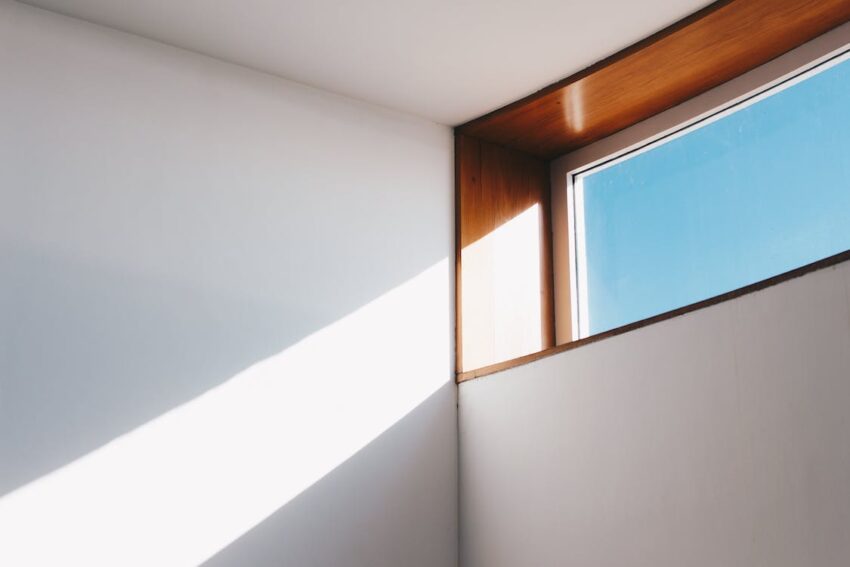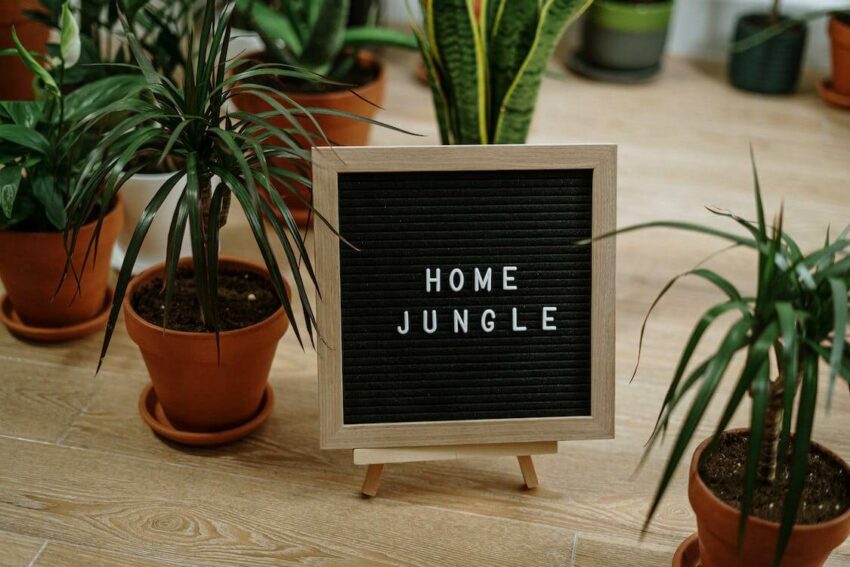“Transform Your Home Into a Work of Art – The Art of Home Stage Design!”
The Art of Home Stage Design is a comprehensive guide to creating a beautiful and functional space in your home. It provides step-by-step instructions on how to design and decorate a room to make it look and feel inviting and comfortable. From selecting the right furniture and accessories to choosing the right colors and textures, this book covers all the basics of home staging. It also offers tips on how to make the most of the space you have, as well as how to create a cohesive look throughout the entire home. Whether you’re a beginner or an experienced home stager, this book will help you create a space that is both aesthetically pleasing and practical.
How to Choose the Right Furniture for Home Staging
When it comes to home staging, the right furniture can make all the difference. It can help create a warm and inviting atmosphere that potential buyers will love. But how do you choose the right furniture for home staging? Here are some tips to help you get started.

First, consider the size of the room. You want to choose furniture that fits the space without overcrowding it. If the room is small, opt for smaller pieces that won’t overwhelm the space. If the room is large, you can go for larger pieces that will fill the space without making it feel cramped.
Second, think about the style of the room. You want to choose furniture that complements the existing decor. If the room has a modern feel, opt for contemporary pieces. If the room has a more traditional feel, choose classic pieces.
Third, consider the colors of the furniture. You want to choose colors that will blend in with the existing decor. Neutral colors are always a safe bet, but you can also choose colors that will add a pop of color to the room.
Finally, think about the quality of the furniture. You want to choose pieces that are well-made and will last for years to come. Look for pieces that are made from high-quality materials and have a good warranty.
By following these tips, you can choose the right furniture for home staging that will help create a warm and inviting atmosphere that potential buyers will love. Good luck!
Tips for Incorporating Color and Texture into Home Staging

Use Color to Create Contrast:
Color can be used to create contrast and draw attention to certain areas of the home. Try using a bold color on the walls or furniture to create a focal point. You can also use lighter colors to make a room appear larger and brighter.
Add Texture with Accessories:
Accessories are a great way to add texture to a room. Try using rugs, pillows, throws, and other textiles to add visual interest and texture.
Use Color to Create a Mood:
Color can be used to create a certain mood in a room. For example, warm colors like red and orange can create a cozy and inviting atmosphere, while cool colors like blue and green can create a calming and relaxing atmosphere.
Use Color to Highlight Features:
Color can be used to highlight certain features of the home. For example, you can use a bright color to draw attention to a fireplace or a bold color to make a window stand out.
Use Color to Create Balance:
Color can be used to create balance in a room. Try using a lighter color on the walls and a darker color on the furniture to create a balanced look.
Use Color to Showcase Artwork:
Color can be used to showcase artwork in a room. Try using a bright color on the walls to make the artwork stand out.
Use Color to Create Flow:
Color can be used to create a sense of flow in a room. Try using a similar color palette throughout the room to create a cohesive look.
Use Color to Create Interest:
Color can be used to create interest in a room. Try using different shades of the same color to create visual interest.

Utilizing Lighting to Enhance Home Staging
Lighting is an important element of home staging that can be used to create a warm and inviting atmosphere. When staging a home, it is important to consider the lighting in each room. Proper lighting can help to highlight the features of the home and create a pleasant atmosphere for potential buyers.
When staging a home, it is important to use natural light whenever possible. Natural light can help to make a room look larger and brighter. To maximize the amount of natural light in a room, consider removing heavy curtains and blinds. If the room is too dark, consider adding additional lighting fixtures such as lamps or wall sconces.
When selecting lighting fixtures, it is important to choose fixtures that are in keeping with the style of the home. For example, a modern home may benefit from sleek and contemporary lighting fixtures, while a traditional home may look better with more classic fixtures.
It is also important to consider the color of the lighting. Warmer colors such as yellow and orange can help to create a cozy atmosphere, while cooler colors such as blue and white can help to create a more modern feel.
Finally, it is important to consider the placement of the lighting fixtures. For example, a lamp placed in the corner of a room can help to create a cozy atmosphere, while a light placed in the center of the room can help to make the room look larger.
By utilizing lighting to enhance home staging, you can create a warm and inviting atmosphere that will help to attract potential buyers. With the right lighting fixtures and placement, you can help to make a home look its best and increase its appeal.
Maximizing Space with Home Staging
Maximizing space with home staging is a great way to make your home look bigger and more inviting. Home staging is the process of preparing a home for sale by making it look more attractive to potential buyers. It can involve rearranging furniture, adding accessories, and making minor repairs.

When it comes to maximizing space, home staging can be a great way to make a small room look bigger. By rearranging furniture and accessories, you can create the illusion of more space. For example, if you have a small living room, you can move the furniture away from the walls and create a cozy seating area in the center of the room. This will make the room look larger and more inviting.
You can also use accessories to create the illusion of more space. Mirrors are a great way to make a room look bigger. Place a large mirror on the wall opposite a window to reflect light and make the room appear larger. You can also use rugs to define different areas in a room and make it look bigger.
When it comes to home staging, it’s important to keep the overall look of the room in mind. Choose furniture and accessories that are in keeping with the style of the home. This will help create a cohesive look and make the room appear larger.
Finally, don’t forget to make minor repairs and touch-ups. This will help make the home look more inviting and attractive to potential buyers.
Maximizing space with home staging is a great way to make your home look bigger and more inviting. By rearranging furniture, adding accessories, and making minor repairs, you can create the illusion of more space and make your home more attractive to potential buyers.
Creative Ways to Use Accessories for Home Staging
Home staging is a great way to make your home look its best when you’re trying to sell it. Accessories can be a great way to add a personal touch to your home and make it stand out from the competition. Here are some creative ways to use accessories for home staging:
- Add a pop of color. Accessories are a great way to add a splash of color to a room. Choose a few bright and bold pieces to draw the eye and make the room feel more inviting.
- Create a focal point. Use accessories to create a focal point in a room. This could be a large piece of art, a statement rug, or a unique piece of furniture.
- Showcase your style. Accessories are a great way to show off your personal style. Choose pieces that reflect your taste and make the space feel like home.
- Add texture. Accessories can add texture to a room and make it feel more inviting. Choose pieces with interesting textures like woven baskets, fur rugs, or velvet pillows.
- Create a vignette. Use accessories to create a vignette on a table or shelf. This could be a collection of books, a few pieces of art, or a few small plants.
These are just a few creative ways to use accessories for home staging. With the right pieces, you can make your home stand out from the competition and make it more appealing to potential buyers.
Use Realtors Media House Virtual Staging!
- Virtual staging is a faster than traditional physical home staging
- Virtual staging is more affordable than traditional physical home staging
- Virtual staging is a more versatile than traditional physical home staging

Q&A
1. What are the benefits of home staging?
Home staging is a great way to make a house look more attractive to potential buyers. It can help to create a more inviting atmosphere, highlight the best features of the home, and make it easier for buyers to envision themselves living in the space. Home staging can also help to increase the value of the home and make it easier to sell.
2. What are some tips for staging a home?
Some tips for staging a home include decluttering and depersonalizing the space, adding fresh paint and new fixtures, and arranging furniture in a way that is both aesthetically pleasing and functional. Additionally, adding small touches such as plants, artwork, and rugs can help to make the space feel more inviting.
3. What are some common mistakes to avoid when staging a home?
Some common mistakes to avoid when staging a home include overcrowding the space with too much furniture, leaving the home too cluttered, and not making necessary repairs or updates. Additionally, it is important to avoid using overly bright colors or overly personal items that could distract potential buyers.
4. What are some ways to make a home look more inviting?
Some ways to make a home look more inviting include adding fresh paint, decluttering the space, and adding small touches such as plants, artwork, and rugs. Additionally, arranging furniture in a way that is both aesthetically pleasing and functional can help to make the space feel more inviting.
5. What are some tips for creating a functional space?
Some tips for creating a functional space include making sure there is enough seating for guests, creating a clear path through the room, and making sure there is enough storage for items. Additionally, it is important to make sure the furniture is arranged in a way that allows for easy movement throughout the space.

Conclusion
The Art of Home Stage Design is an invaluable resource for anyone looking to create a beautiful and functional space in their home. With its comprehensive guide to the basics of home staging, it provides readers with the knowledge and tools they need to create a space that is both aesthetically pleasing and practical. Whether you are a professional home stager or a DIY enthusiast, this book is sure to provide you with the guidance and inspiration you need to create a stunning home.




